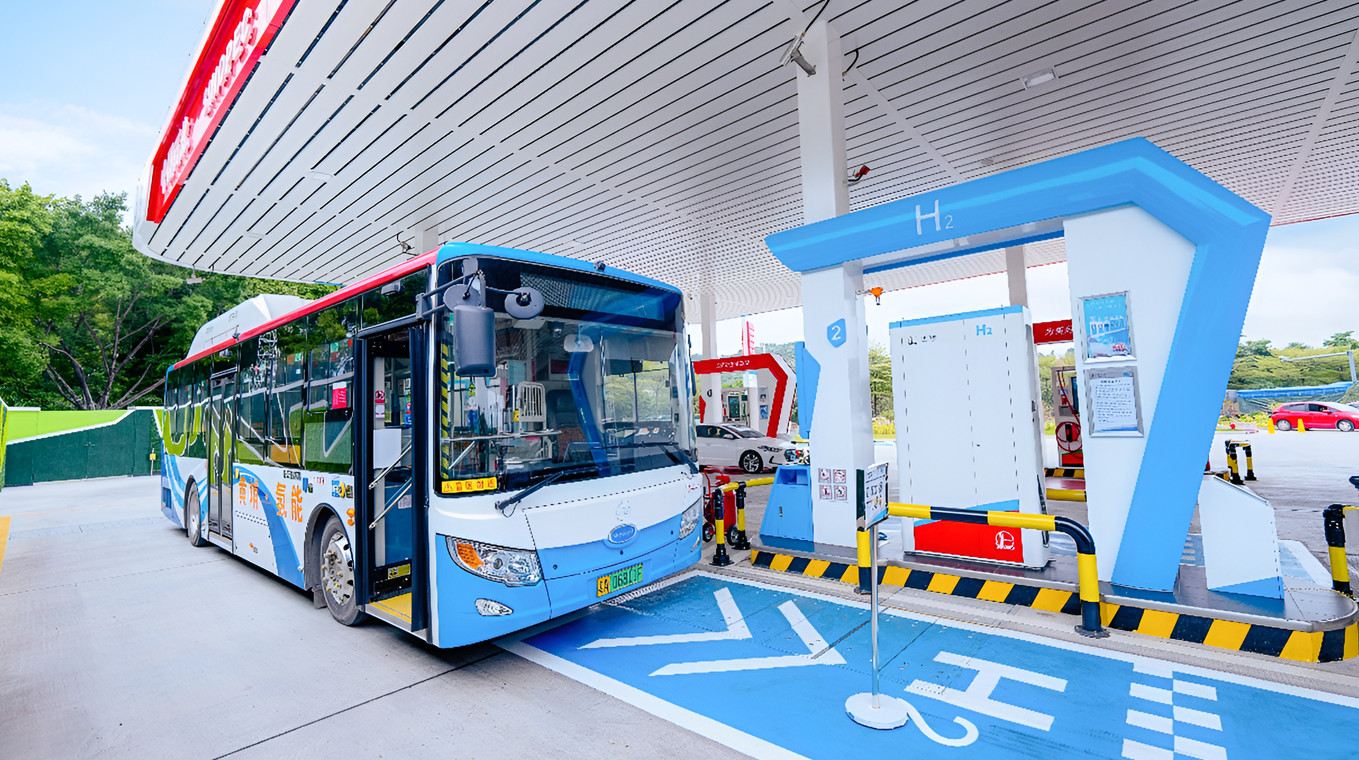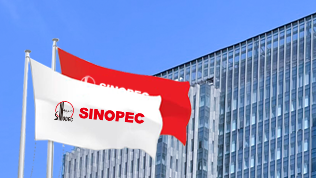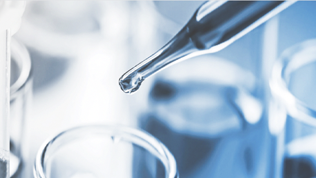Accelerate the cultivation and growth of the hydrogen industry chain to build China's No.1 hydrogen energy company
In March 2022, the National Development and Reform Commission (NDRC) and the National Energy Administration jointly issued the Medium and Long-term Plan for the Development of Hydrogen Energy Industry (2021-2035), which clarified the strategic positioning of hydrogen energy in China's green and low-carbon energy transformation and drew a blueprint for the medium- and long-term development of China's hydrogen energy industry. Seizing the major strategic opportunity of hydrogen energy development, Sinopec has, in accordance with the idea of "building 1,000 hydrogen refueling stations, 1 million-tonne green hydrogen demonstration, two-wheel driven development with hydrogen transportation and green hydrogen refining, and reducing carbon emission by more than 10 million tonnes", made hydrogen energy the core business of new energy development, and established a hydrogen industry chain covering "production, storage, transportation, fueling, application and research". Centering on the hydrogen transportation and green hydrogen refining, Sinopec has developed a hydrogen energy integration business, realized the "integrated layout of production, transportation and hydrogen refueling", and accelerated the construction of "China's largest hydrogen energy company".
Hydrogen energy transportation achieves significant scale effect
According to the general idea of "national layout, market demand, synergized development and meaningful strategy", Sinopec has made great efforts to enhance the hydrogen source supply and the construction of hydrogen refueling station projects. As a result, the hydrogen energy transportation business has made great progress. Sinopec has built the world's largest hydrogen refueling network. And Sinopec plans to, during the "14th Five-Year Plan" period, maintain the largest number of hydrogen stations in service in the world, increasing the hydrogen refueling capacity to 120,000 tonnes/year.

Fuel cell hydrogen supply
A total of nine affiliated enterprises have established hydrogen supply centers for hydrogen cells. The total capacity of transportation hydrogen purification and refueling facilities has reached 19,000 standard cubic meters per hour (equivalent to about 16,500 tonnes per year), and 1,686 tonnes of high-purity hydrogen for fuel cells are supplied throughout the year.
Coordinated layout of hydrogen refueling station construction
Relying on the advantages of more than 30,000 gas stations, Sinopec has accelerated the construction of a national hydrogen refueling station network, and completed building 24 new hydrogen refueling stations in the year, increasing the total number to 98 and the annual hydrogen refueling capacity to more than 1,700 tonnes. It has integrated into the industrial development of the "3+2" fuel cell vehicle demonstration city cluster, innovated on the model of hydrogen refueling station construction, and built a number of typical hydrogen refueling stations.
Serving the Winter Olympics with hydrogen supply
Sinopec made every effort to ensure the supply of hydrogen energy for the 2022 Beijing Winter Olympics and Paralympics. Sinopec hydrogen ignited the Olympic torch at the opening ceremony of the Winter Olympics. The four Winter Olympics Hydrogen Refueling Stations supplied 87 tonnes of hydrogen to 8,689 vehicles during the event.
Green hydrogen refining shows remarkable demonstration effect
In accordance with the development direction of "hydrogen and electricity integration, and carbon emission reduction with the use of green hydrogen", Sinopec has developed renewable electricity to produce hydrogen and continued to optimize the hydrogen supply structure. In coastal areas, it explored the use of large-scale offshore wind power to produce hydrogen for refining bases; in the northwest region, it focused on wind power and PV industries to develop the green power hydrogen production and supply hydrogen energy to local refining and chemical enterprises through pipelines. Sinopec has continued to promote the construction of "power source, grid, load, storage and hydrogen" integrated project, and accelerated the development of a number of major green hydrogen refining and chemical projects. It planned to build a 400-kilometer-long green hydrogen pipeline between Beijing and Inner Mongolia with an annual throughput of 100,000 tonnes, gradually replacing fossil raw materials to produce hydrogen in the field of refining.
Strategic cooperation strengthening the industrial chain with strong driving effect
Focusing on the hydrogen energy and fuel cell vehicle industry, Sinopec has deepened mutually beneficial cooperation with major energy enterprises at home and abroad, and strategically invested in leading enterprises in the industry chain. It signed a memorandum of cooperation with Air Liquide, and inked a letter of intent for cooperation with Cummins and established a joint venture. Also, it held several industry summit forums such as a transportation energy transformation seminar and a forum on high-quality development of the hydrogen industry chain, giving full play to its role as a major supporter and facilitator, to jointly build a modern industrial chain for hydrogen energy application in China.
Sinopec has grasped the position of hydrogen energy in the energy system, understood the current development stage of the hydrogen energy industry, and regarded hydrogen energy as an important part of the company's transformation and development. During the "14th Five-Year Plan" period, Sinopec will speed up its steps in the hydrogen energy industry, and concentrate efforts on hydrogen energy transportation and green hydrogen refining. It plans to establish 1,000 hydrogen station (oil and hydrogen combined stations), and produce 1 million tonnes of hydrogen in total. Also, it will increase efforts in technology research and development, participate in the formulation of industrial standard systems, gather wisdom of the entire industry chain, and work together to stimulate the "chain reaction" of hydrogen energy development.




 Address
Address Post code
Post code Tel
Tel 京公网安备11010502035639
京公网安备11010502035639 



